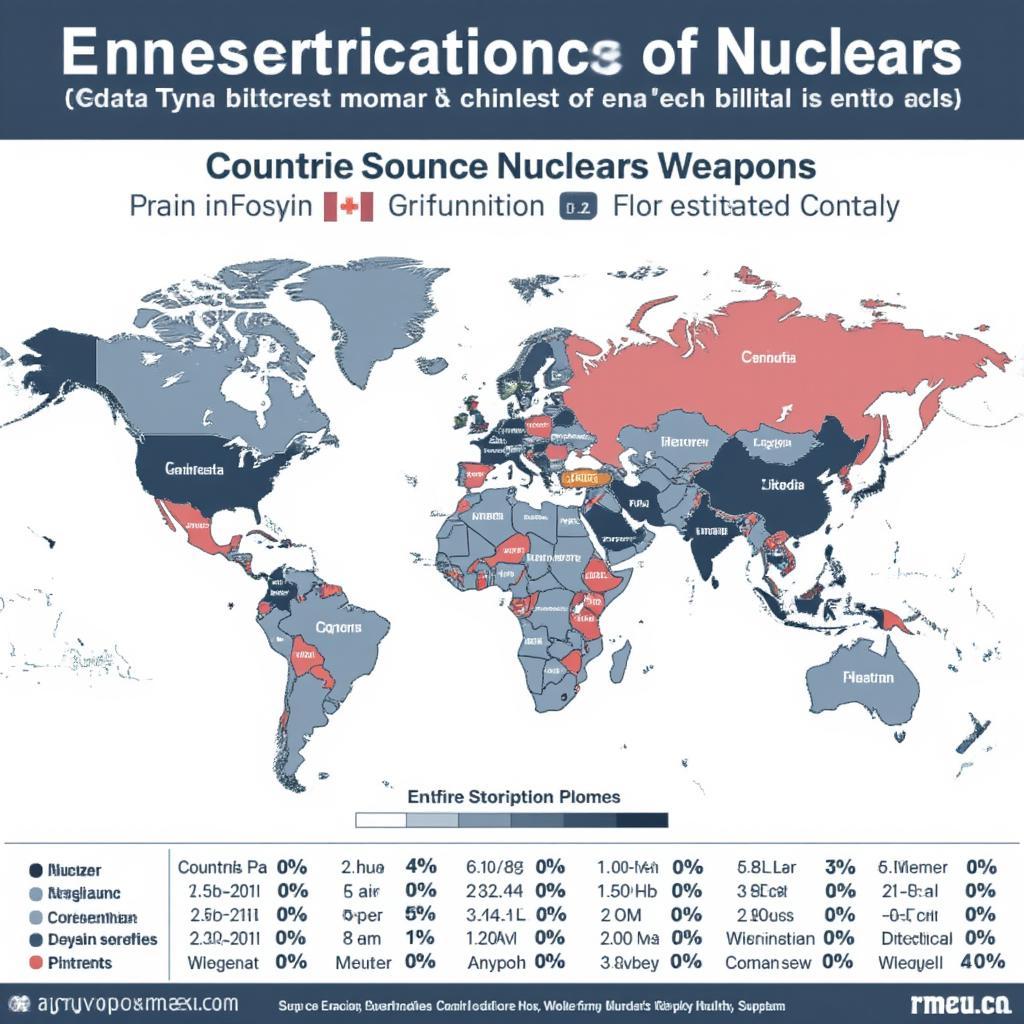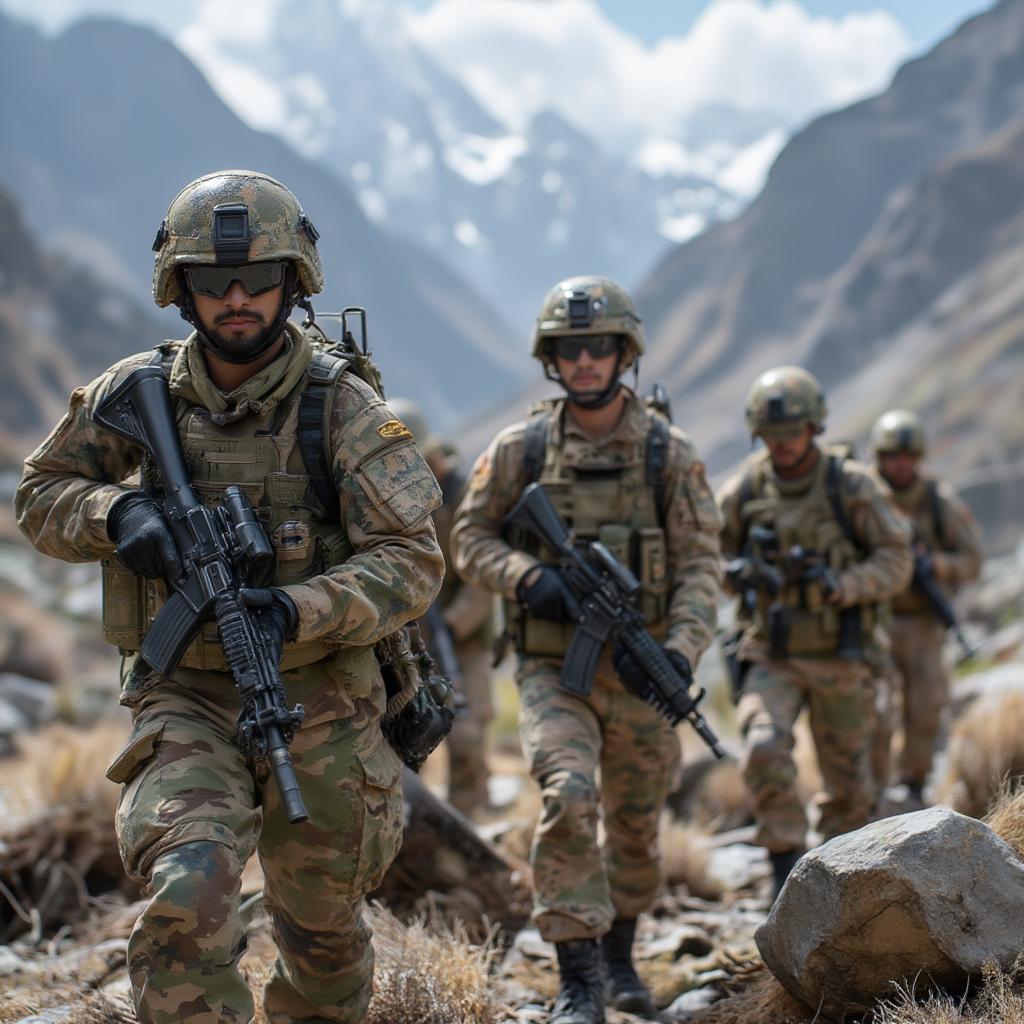F-16 Fighting Falcon An In-Depth Exploration

The F-16 Fighting Falcon, a multirole combat aircraft developed by General Dynamics (now Lockheed Martin), is a legend in the annals of aviation. Its versatility, agility, and sheer firepower have cemented its reputation as one of the most successful fighter jets ever built. From its inception during the Cold War to its continuous use in conflicts around the world, the F-16 has left an indelible mark on military history.
Introduction to the F-16 Fighting Falcon
The F-16’s genesis can be traced back to the late 1960s, when the US Air Force sought a cost-effective, lightweight fighter aircraft to replace the aging F-4 Phantom II. General Dynamics submitted its Model 401, which eventually became the F-16, as part of the Lightweight Fighter Program. After rigorous testing and evaluations, the F-16 was selected as the winner in 1972. The first prototype took flight in 1974, and the aircraft entered production in 1977. Since then, over 4,600 F-16s have been manufactured, with more than 25 countries operating the aircraft.
History of the F-16 Fighting Falcon
The F-16 has a rich history that spans over four decades. It has been involved in numerous conflicts and has undergone several upgrades and modifications to keep up with changing technology and warfare tactics. Let’s take a closer look at some of the key milestones in the F-16’s history.
Development and Production
As mentioned earlier, the F-16 was developed as part of the Lightweight Fighter Program initiated by the US Air Force in the late 1960s. The program aimed to produce a low-cost, high-performance fighter jet that could outmaneuver and outgun its adversaries. General Dynamics’ Model 401 was chosen as the winner, and the F-16 was born.
The first production model, the F-16A, entered service in 1979 with the US Air Force. It was followed by the two-seat F-16B variant in 1981. Over the years, several variants and upgrades were introduced, including the F-16C and D models, which featured improved avionics and weapons systems. The latest variant, the F-16V, is currently in production and incorporates advanced technologies such as an active electronically scanned array (AESA) radar and a new mission computer.
Introduction to F/A-18 Hornet/Super Hornet
F16 Fighter Aircraft An In-Depth Exploration of an American Legend
Combat History
The F-16 has seen action in numerous conflicts around the world, showcasing its capabilities and proving its worth as a formidable fighter jet. Its first combat deployment was during the 1981 Israeli raid on Iraq’s Osirak nuclear reactor. Since then, it has been involved in operations such as the Gulf War, Operation Desert Storm, Operation Allied Force in Kosovo, and Operation Iraqi Freedom.
One of the most notable uses of the F-16 was during the Gulf War, where it played a crucial role in air-to-air combat and ground attack missions. It achieved a kill ratio of 14:1 against enemy aircraft, solidifying its reputation as a top-performing fighter jet.
Design and Features of the F-16 Fighting Falcon
The F-16 is a single-engine, supersonic fighter aircraft designed for both air-to-air combat and ground attack missions. Its sleek, aerodynamic shape is optimized for high maneuverability and speed. One of the most distinctive features of the F-16 is its fly-by-wire flight control system, which allows for precise control and handling of the aircraft.
Aerodynamics and Structure
The F-16’s design is based on a delta wing configuration, with a long, pointed nose and a single vertical stabilizer at the rear. This design, along with its lightweight construction, allows for high agility and maneuverability. The aircraft also features a bubble canopy, providing excellent visibility for the pilot.
The F-16’s structure is primarily made of aluminum alloy, with some composite materials used in non-critical areas. This lightweight construction, combined with its powerful engine, gives the F-16 an impressive thrust-to-weight ratio, allowing it to accelerate quickly and reach supersonic speeds.
Avionics and Weapons Systems
The F-16 is equipped with advanced avionics and weapons systems, making it a highly capable multirole fighter jet. Its primary sensor is the AN/APG-68 radar, which provides long-range detection and tracking of targets. The latest variant, the F-16V, is equipped with an AESA radar, which offers improved performance and reliability.
In terms of weapons, the F-16 can carry a wide range of air-to-air and air-to-ground missiles, bombs, and rockets. It also has a 20mm M61 Vulcan cannon mounted internally, providing close-range firepower. The F-16’s weapons systems are integrated with its avionics, allowing for precise targeting and engagement of targets.
Performance and Capabilities of the F-16 Fighting Falcon
The F-16’s performance and capabilities have been continuously improved over the years, with each new variant and upgrade bringing new features and enhancements. Let’s take a closer look at some of the key performance metrics of this iconic fighter jet.
Speed and Range
The F-16 has a top speed of Mach 2 (1,500 mph) and a maximum range of over 2,000 miles. Its powerful engine, combined with its lightweight design, allows it to achieve high speeds and cover long distances quickly. This makes it ideal for both short-range and long-range missions.
Maneuverability and Agility
One of the F-16’s most significant strengths is its exceptional maneuverability and agility. Its fly-by-wire flight control system, coupled with its aerodynamic design, allows for precise control and high G-force maneuvers. This gives the F-16 an edge in air-to-air combat, where quick turns and evasive maneuvers are crucial.
Combat Radius and Payload
The F-16 has a combat radius of over 500 miles, meaning it can operate within a 500-mile radius from its base without refueling. This makes it suitable for both offensive and defensive missions. In terms of payload, the F-16 can carry up to 17,000 pounds of weapons, including missiles, bombs, and rockets. This gives it a significant advantage in ground attack missions, where a large payload is essential.
Variants of the F-16 Fighting Falcon
Over the years, several variants and upgrades of the F-16 have been introduced, each with its unique features and capabilities. Let’s take a look at some of the most notable variants of this iconic fighter jet.
F-16A/B
The F-16A was the first production model of the F-16, entering service with the US Air Force in 1979. It featured a single-seat cockpit and was primarily used for air-to-air combat missions. The two-seat variant, the F-16B, was introduced in 1981 and was used for training purposes.
F-16C/D
The F-16C and D models were introduced in the late 1980s and featured improved avionics and weapons systems. They also had a larger fuel capacity, giving them a longer range. These variants were used extensively in Operation Desert Storm and proved to be highly effective in both air-to-air and ground attack missions.
F-16E/F
The F-16E and F models were developed specifically for the United Arab Emirates (UAE) and were based on the F-16C/D models. They featured improved avionics and a larger wing area, giving them better performance and range. The UAE has since ordered additional F-16E/Fs, making it one of the largest operators of this variant.
F-16V
The latest variant of the F-16, the F-16V, is an upgraded version of the F-16C/D models. It features advanced technologies such as an AESA radar, a new mission computer, and an enhanced electronic warfare suite. The F-16V is currently in production and is expected to be in service for many years to come.
Combat Use of the F-16 Fighting Falcon
The F-16 has been involved in numerous conflicts around the world, showcasing its capabilities and proving its worth as a top-performing fighter jet. Let’s take a closer look at some of the notable combat uses of this iconic aircraft.
Gulf War (1990-1991)
The F-16 played a crucial role in the Gulf War, where it was used extensively for both air-to-air and ground attack missions. Its agility and maneuverability proved to be a significant advantage in air-to-air combat, while its precision weapons systems were highly effective in destroying enemy targets on the ground.
Operation Allied Force (1999)
During the NATO-led Operation Allied Force in Kosovo, the F-16 was used for close air support and precision strikes against Serbian forces. It also played a vital role in suppressing enemy air defenses, allowing other coalition aircraft to operate safely in the region.
Operation Iraqi Freedom (2003)
The F-16 was heavily utilized during Operation Iraqi Freedom, where it provided close air support and conducted precision strikes against enemy targets. It also played a crucial role in suppressing enemy air defenses, allowing coalition forces to gain air superiority.
Notable Operators of the F-16 Fighting Falcon
The F-16 has been exported to over 25 countries, making it one of the most widely used fighter jets in the world. Let’s take a look at some of the notable operators of this iconic aircraft.
United States
The US Air Force is the largest operator of the F-16, with over 1,200 aircraft in service. It has used the F-16 extensively in various conflicts and continues to upgrade and modernize its fleet.
Israel
Israel was the first country to receive the F-16 outside of the US, and it has since become one of the most experienced operators of this aircraft. The Israeli Air Force has used the F-16 in numerous conflicts and has also developed its own variants, such as the F-16I Sufa.
Turkey
Turkey is another significant operator of the F-16, with over 270 aircraft in service. It has used the F-16 in several conflicts and has also developed its own variant, the F-16C/D Block 50+.
Future of the F-16 Fighting Falcon
Despite being in service for over four decades, the F-16 remains a highly capable and versatile fighter jet. Its continuous upgrades and modifications have kept it relevant and competitive in today’s ever-changing battlefield. However, with the introduction of newer and more advanced aircraft, the future of the F-16 remains uncertain.
Lockheed Martin, the current manufacturer of the F-16, has proposed an upgraded version of the aircraft, known as the F-21, for the Indian Air Force’s tender for 114 fighter jets. This variant features several enhancements, including a new engine and avionics, making it a formidable competitor in the market.
Controversies Surrounding the F-16 Fighting Falcon
While the F-16 has proven to be a highly successful and reliable fighter jet, it has not been without its controversies. One of the most significant controversies surrounding the F-16 is its involvement in civilian casualties during conflicts. The precision weapons systems of the F-16 have been known to cause collateral damage, leading to criticism and calls for more stringent rules of engagement.
Another controversy surrounding the F-16 is its sale to countries with questionable human rights records. The US has faced criticism for selling F-16s to countries such as Pakistan and Bahrain, which have been accused of human rights violations.
Conclusion: The Legacy of the F-16 Fighting Falcon
In conclusion, the F-16 Fighting Falcon has left an indelible mark on military history. Its versatility, agility, and sheer firepower have made it a highly successful and sought-after fighter jet. Despite being in service for over four decades, the F-16 remains a formidable aircraft, continuously evolving and adapting to meet the demands of modern warfare. With its legacy firmly established, the F-16 will continue to play a crucial role in shaping the future of aerial combat.

















